Advances in data communications services, such as Wi-Fi, Bluetooth and 5G, are poised to transform data and decision-making in the supply chain industry, with one-quarter of supply chain decisions to be made across edge intelligent ecosystems through 2025, research and analyst firm Gartner predicts.
Edge ecosystems can transform operations by allowing organisations to make decisions close to the original source of information.
This enables data processing, communications and storage at the point of data capture to create more even workflows, distributes data capacity and streamlines real-time responses to stakeholders who need to make decisions.
“Historically, digital supply chain investments prioritised large-scale, centralised applications in domains such as manufacturing and logistics,” said Andrew Stevens, senior director analyst with the Gartner Supply Chain Practice.
“Edges are physical locations where things, people, and data connect. Increasingly, supply chains are becoming more dynamic and cover larger networks where data and decisions originate at the edge – from operators, machines, sensors or devices,” Stevens said.
While many supply chains are applying edge computing decision making today, Gartner says that the focus over the next three years will be to identify more ‘use cases’ where connected automated and autonomous networks of edge decisions can be further enabled.
Smart robots in particular are expected to transform warehouse operations in large enterprises, with Gartner predicting that 75 per cent of organisations will be adopting some form of the solution by 2026.
Smart intralogistics robots are specialised forms of cyber-physical robotic automation primarily aimed at warehouse and distribution centre environments.
“Labor availability constraints, rapidly rising labor rates and the residual impacts of COVID-19 will compel most companies to invest in cyber-physical systems, especially intralogistics smart robots,” said Dwight Klappich, vice president analyst with the Gartner Supply Chain practice.
Flexible automation is a growing need in logistics operations. These solutions address the need to automate certain processes by adding intelligence, guidance, and sensory awareness, which allows them to operate independently from and/or around humans.
Intralogistics smart robots can more readily and inexpensively be implemented, and can be easily scaled to better manage extremes in peaks and troughs of demand.
The adaptive nature of the automated solution also allows companies to pilot use cases for low, upfront investment and continue to test new and varying use cases as they become more familiar with the technologies.
“The good news is that there are already many flexible robotics use cases, and it is important to evaluate the best fits to an organisation’s specific needs,” Klappich said.
“Supply chain leaders should take full advantage of growing trends in robotics by creating an organisation led by a chief robotics officer, or equivalent role, within their organisation,” he concluded.


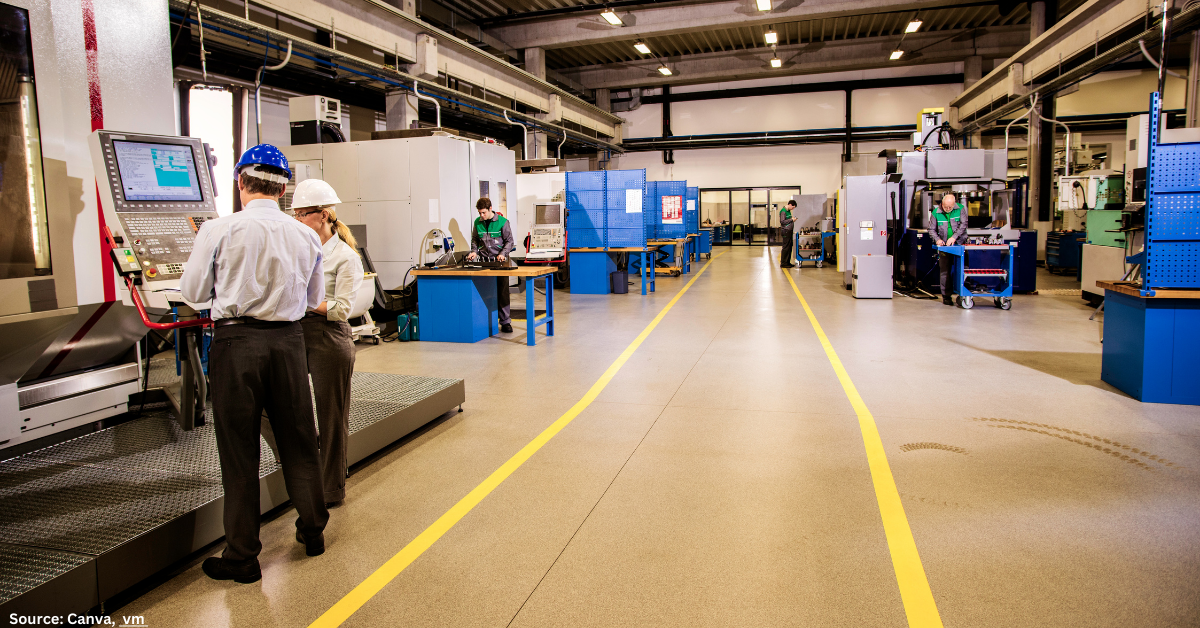

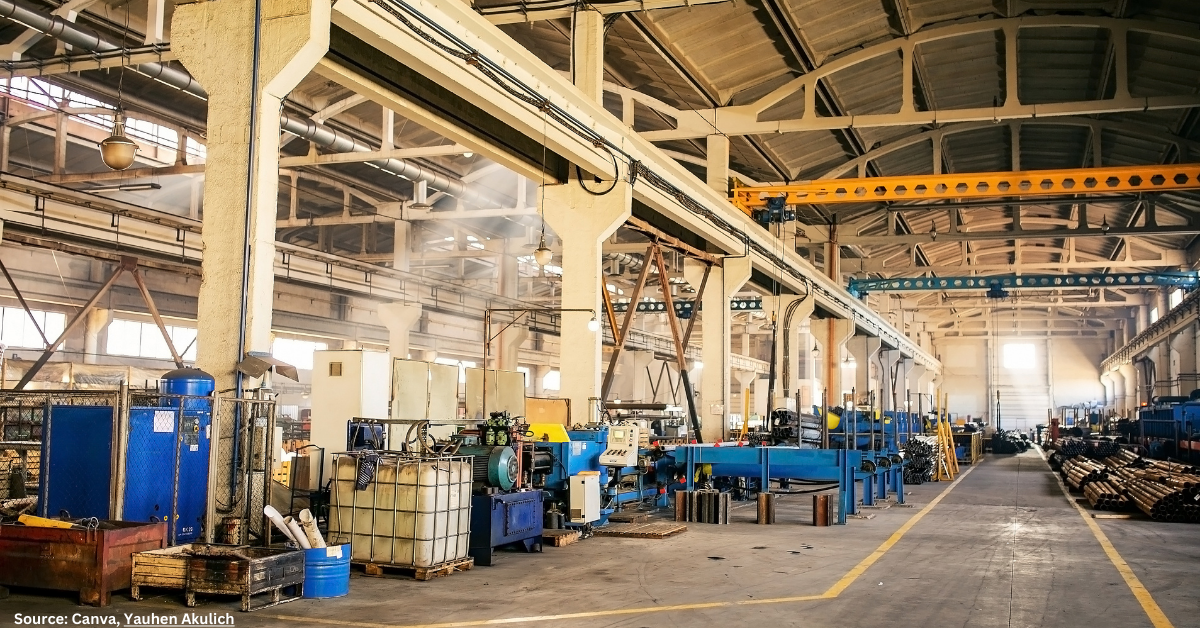







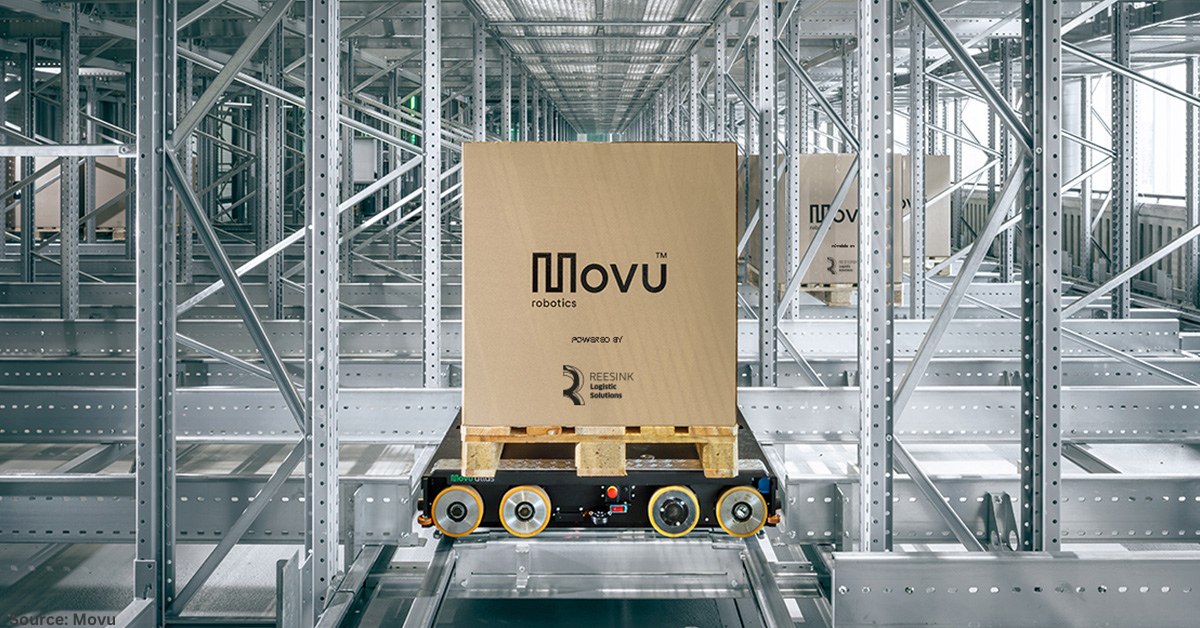




























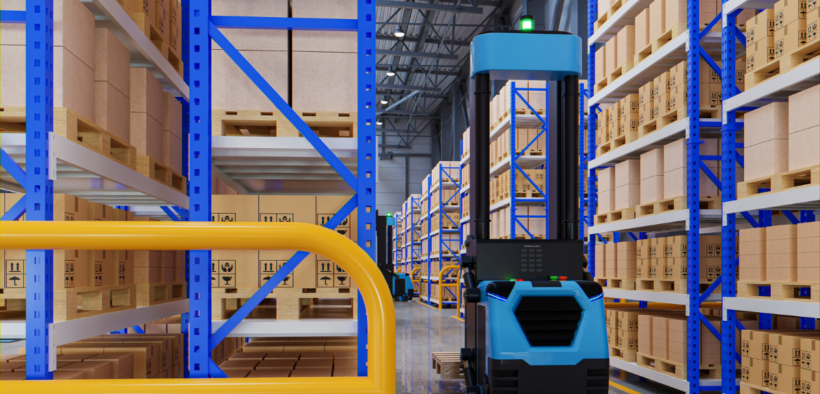














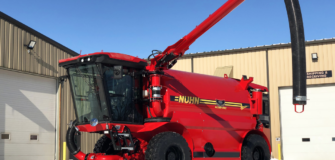
Follow us on social media